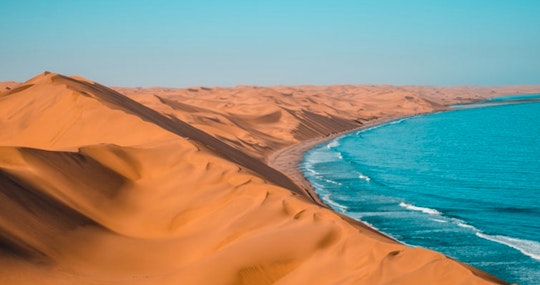Namibia is known for its vast open plains and dunes creeping up on the ocean. This is usually the mental image one conjures up for Namibia. However, this country is versatile and much more than a sandstorm and a rugged landscape. As a born-and-bred Namibian, I’m here to showcase this special country and all its terrains from south to north!
Dare to go desert
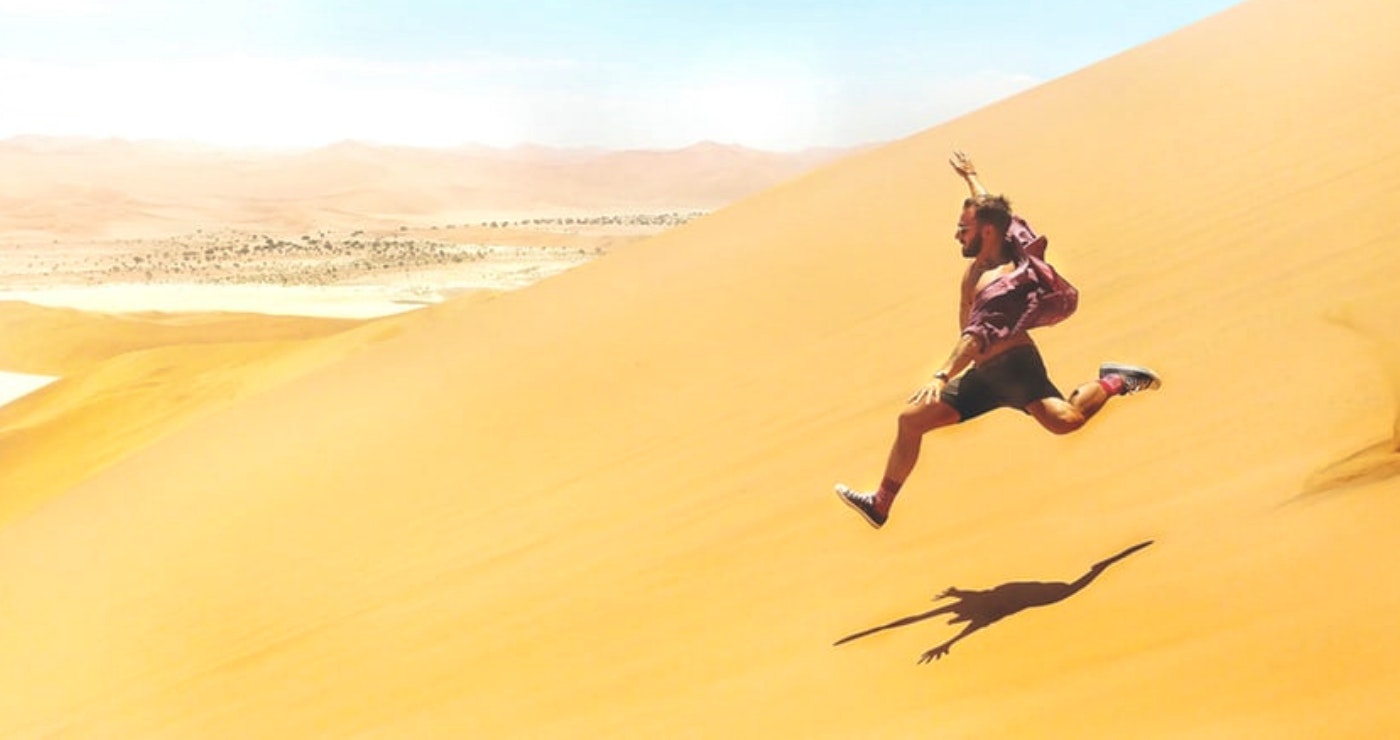
If leaving the city and seeking silence is your ideal breakaway, then the gigantic red dunes and dry valleys of Namibia’s deserts is the ultimate destination. Namibia has two deserts, the Namib and the Kalahari Desert. Older than 50 million years, the Namib Desert is the oldest desert in the world and can be found all along the West Coast. While the Kalahari, a semi arid sandy savannah, is found on the eastern side of Namibia.
Older than 50 million years, the Namib Desert is the oldest desert in the world!
The Namib Desert is the only true desert in southern Africa and is approximately 81 000 km², which means there is a lot to explore. Its fauna and flora can teach even the most experienced traveller a thing or two about surviving in environments most would describe as uninhabitable with temperatures reaching over 40°C during the day and below freezing point at night.
A typical desert holiday in the land of savannahs consists either of lavish lodges with guided tours into the desert or, my personal favourite, camping under a blanket of stars. The desert can be admired from above in hot-air balloons or from below, knee deep in the desert sand of the world’s highest sand dune, Dune 7, at the coast. From experience, I’d advise you to take on this dune before sunrise to avoid trying to climb a scorching hot dune! Landscape photography, safaris, sand boarding, dune drives and star gazing are all activities that can be enjoyed in the desert. Namibia is an environmentally conscious country and offers e-bike tours as well.
The Kalahari is more remote than the Namib with no national park, but there are a number of lodges and guest farms which will allow you to explore this desert area.
Pick a desert, any desert, and explore the survivalist in you!


Sitting pretty in the city
Namibia is known for being scattered with small towns adding to its rural character. However, Namibia is no one-trick pony and if city life is what you’re looking for, it’s what you’ll find in bigger cities such as Swakopmund, Rundu and Windhoek.
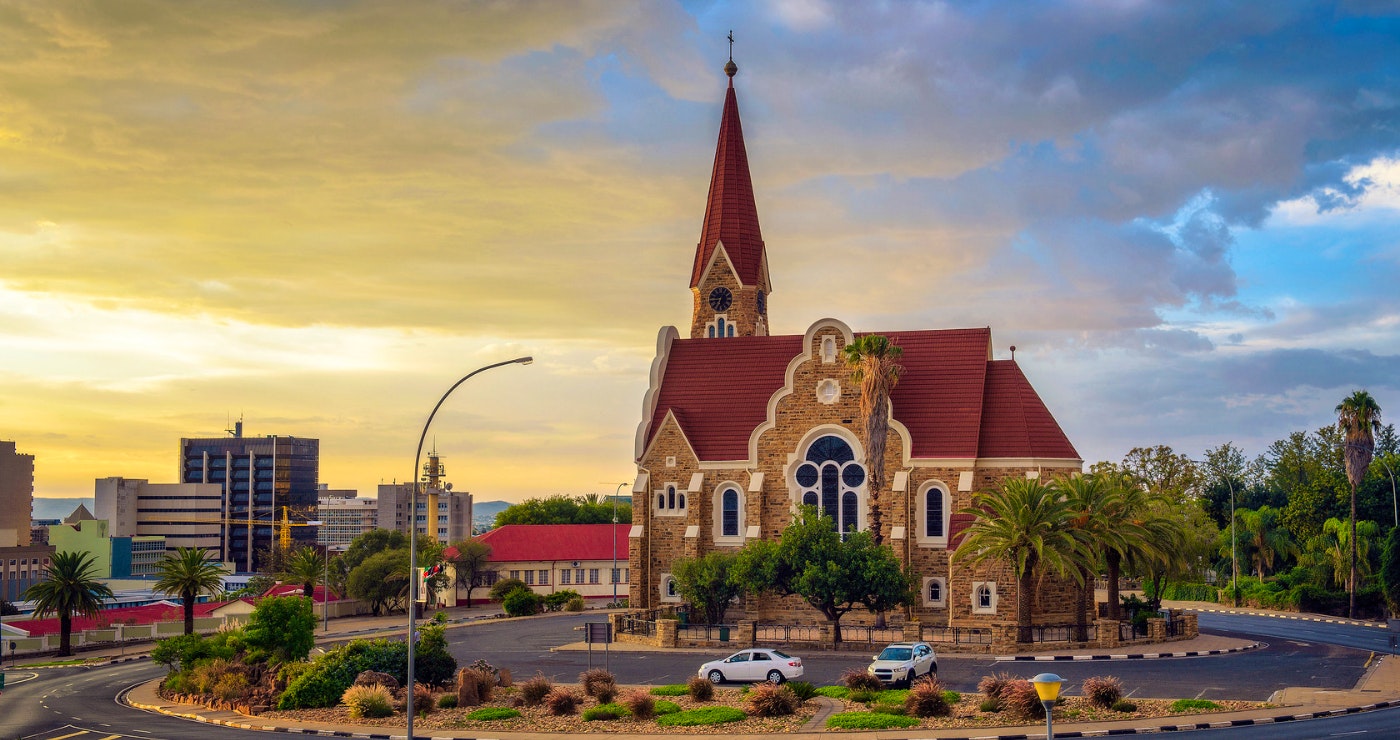
Windhoek, being the social, economic and cultural hub of the country, is the ideal destination for a city getaway and, with over 300 sunny days per year, this city is bound to entice and entertain the summer city-vacation seeker. Think lazing by the pool, sipping on cocktails and dining at five-star restaurants. But the city is more than just a pretty face. History runs deep in Windhoek’s veins and when the locals aren’t sharing the tales of this city, you can experience it by simply walking around on a Sunday morning. Old German architecture intertwined with visible signs of modernity, such as newly built museums and large hotels, can be seen everywhere alongside Namibia’s traditional tribes, like the Ovahimba selling traditional artifacts or Herero woman in traditional A-lined, vibrant dresses. Other points of interest include the Daan Viljoen Game Reserve, historical Christ Church, Parliament Gardens and the Namibia Craft Centre. Be sure to keep an eye out for the local cuisine, such as Mopane worms or German cuisine.
In Windhoek old German architecture intertwined with signs of modernity, such as large hotels, can be seen everywhere alongside traditional tribes, like the Ovahimba selling traditional artifacts or Herero woman in traditional A-lined, vibrant dresses.
When the sun sets, the city lights shine and the music starts to play. From rooftop-cocktail bars and bustling clubs, to shows at the theatre, Windhoek will make sure your nights are full of entertainment and class. Popular spots that locals and travellers love include Joe’s Beerhouse where one can enjoy a beer around the boma, Warehouse Theatre where local talent is showcased, and rooftop bars such as The Loft and the Hilton Hotel’s Skybar where you can watch the city come alive at night.
The city of Windhoek also caters to those who seek the best of both worlds: the luxuries of the city, but the rugged terrain unique to Namibia. All around Windhoek there are mountains to climb and mountain-bike routes to explore.
As ex-resident of Windhoek, Rundu and Oshakati and frequent visitor to Swakopmund, I guarantee that these cities have much to offer and would recommend seeking out the local spots to experience an authentic Namibian city-life.



The coast that’s doing the most
No vacation is as relaxing as a beach holiday. My childhood memories are filled with trips down the almost 1600 km of coastline with enough sand and sun to satisfy any ocean craving. Namibia’s coastline is dotted with a scattering of small towns, vast and untouched beaches and shipwrecks, giving the coastline a rich history, mystery and character. A holiday along Namibia’s coast can range from a typical beach vacation to an ultimate adventure. There are around eight towns along the coast, with Hentiesbaai, Swakopmund and Walvis Bay being the most popular and also the most populated.
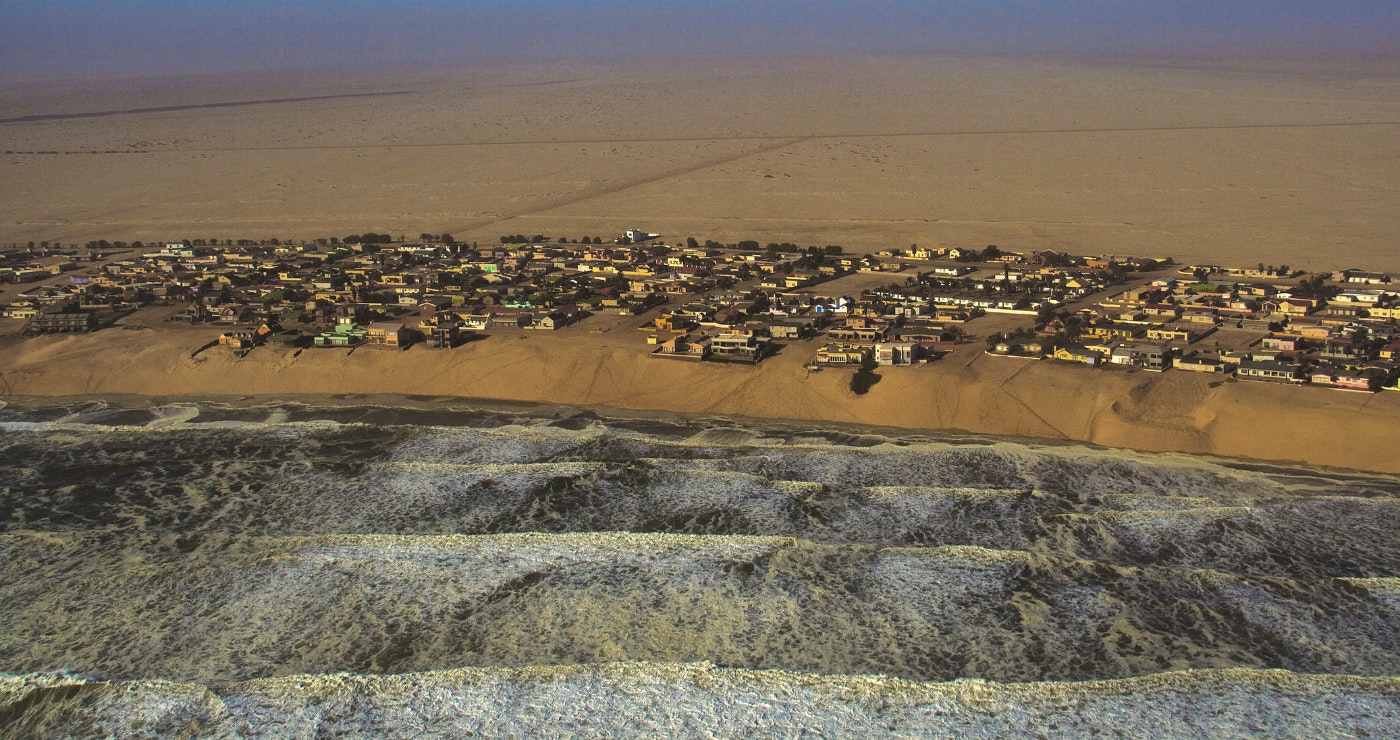
Hentiesbaai is known as a prime fishing spot. Bartolomeu Dias himself named this town ‘Coast of Fish’ when he first arrived. 4×4 driving is another popular activity in this region and my December holidays were often filled with spectating the toughest 4×4 events. Further south one finds the German colonial architectural hub, Swakopmund, and the home of the whale, Walvis Bay. Swakopmund is famous for phenomenal skydiving experiences, exploring the desert via camel-back or bikes, and enjoying the entertainment areas or the various restaurants along the beach. The famous moon landscape can also be seen in this area in the the Swakop River Canyon. Walvis Bay is situated just north of the Tropic of Capricorn and provides the ideal small town coastal holiday.
Hentiesbaai is known as a prime fishing spot. Bartolomeu Dias himself named this town ‘Coast of Fish’ when he first arrived.
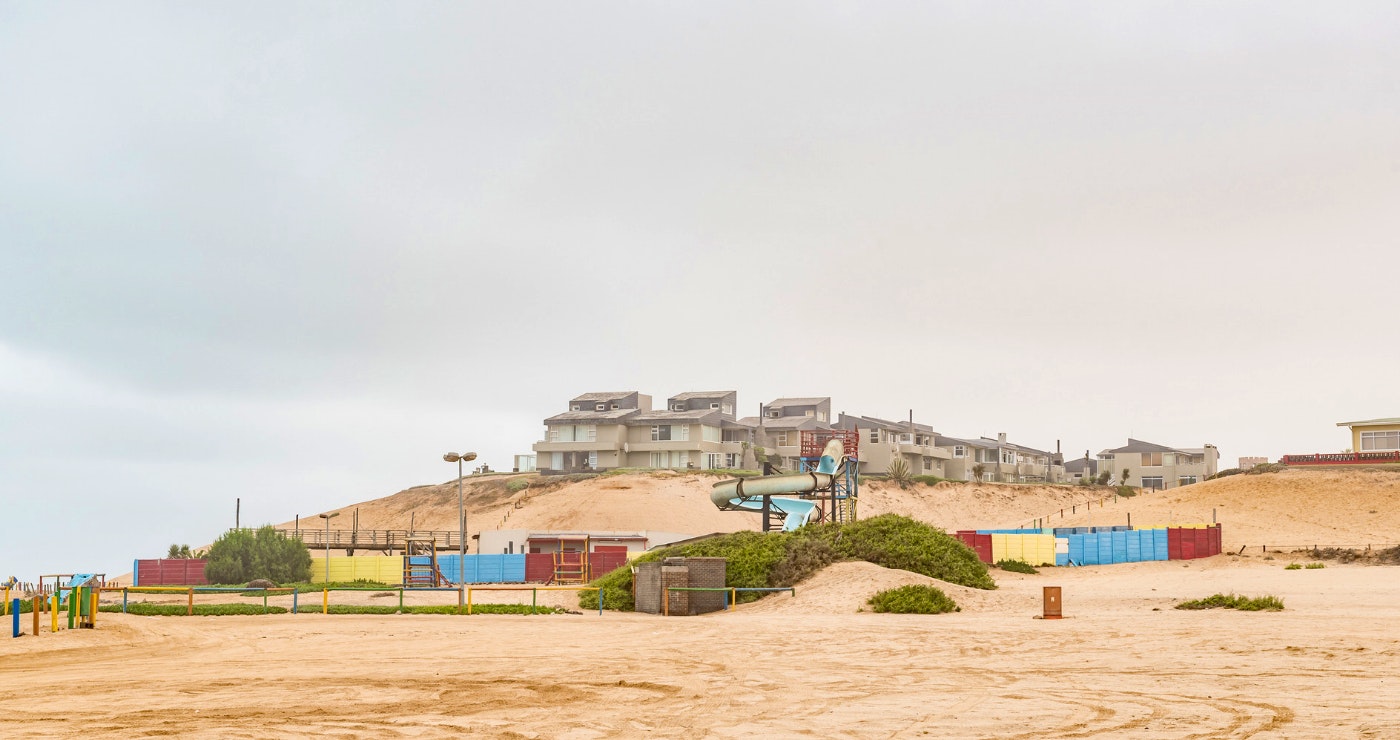
For those seeking a more adventurous holiday, the world’s largest ship cemetery is waiting to be explored at the Skeleton Coast. A fascinating area, this stretch of coastal area is 40 km wide and 500 km long and got its name from whale carcasses dotting the coastline. The area consists of one free-to-enter area that runs from the Ugab River up to Torra Bay and a second area where one needs a permit to enter, running from Ugabmund and Springbockwater. Permits can be obtained directly at the gate, in Swakopmund or Windhoek.
The Namibian coast will entertain the peaceful traveler as well as the adventure-seeker. Just remember to wear sunscreen even when the sun isn’t shining ─ the Namibian sun can be unforgiving!


Going to the green north
If you enjoy green and rainy days in log cabins overlooking game grazing, the northern region of Namibia is your destination. The bushveld area in the north along the Angolan border and Zambezi region, ensure lazy days next to the Kunene River or extreme sports on the river. As a child growing up in the north the river was the place to be ─ granted the crocodiles weren’t around! Located adjacent the Bushveld, you will find the spectacular Etosha Pan ─ a large, extremely flat salt pan that is glimmering green and the largest of its kind in Africa. Lions, elephants, rhinoceros, elands, zebras, springboks and other animals call this pan home, which means you can spend days driving around the pan game viewing in this National Park.
Lions, elephants, rhinoceros, elands, zebras, springboks and other animals call this pan home, which means you can spend days driving around the pan game viewing in this National Park.
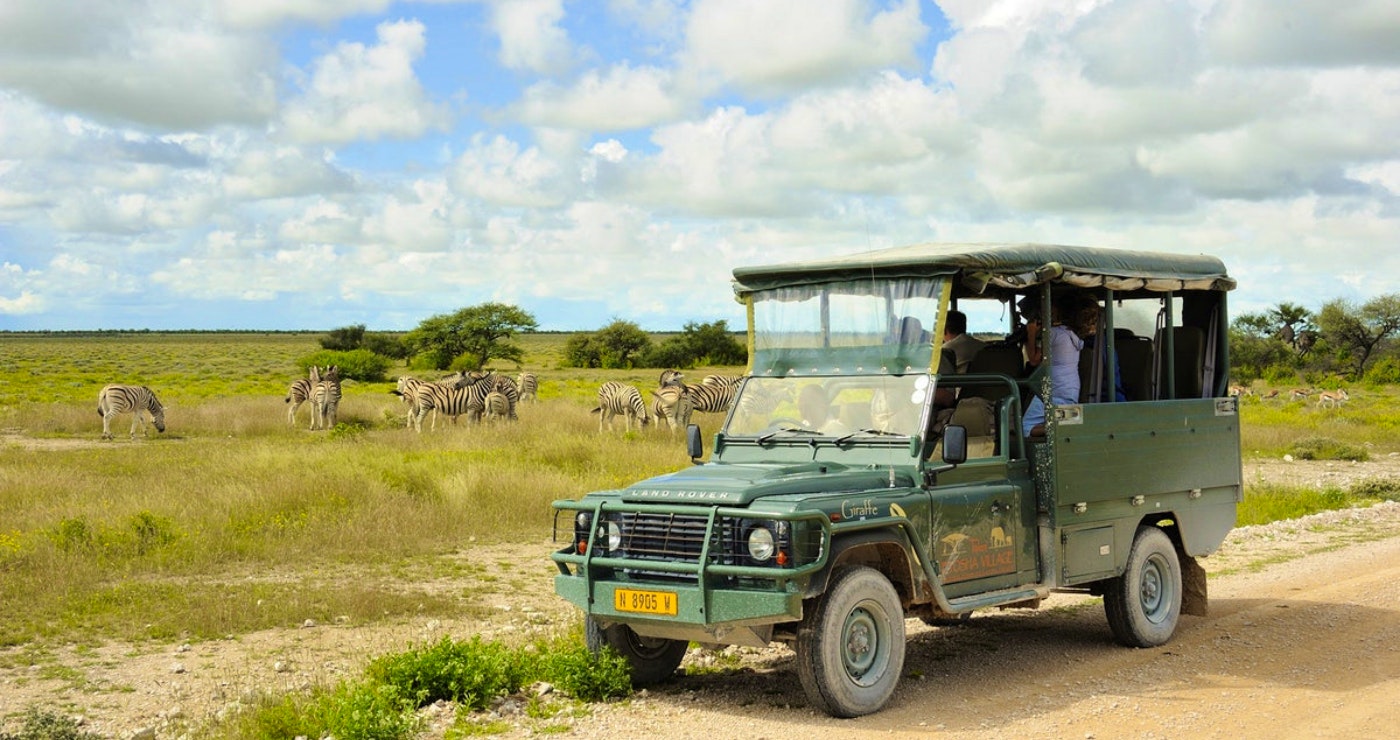
The Zambezi region to the east is a green paradise consisting of woodlands, forests, swamps and rivers. This region showcases the fact that Namibia can be lush, wet and green, once again proving its diversity. Sights such as the Impalila Island and the Nkasa Rupara National Park makes this area ideal for the inquirer traveling Namibia. Parts of the Zambezi is accessible via a two-wheel drive and other, more remote, parts can only be explored with a four-wheel drive. The four rivers, Zambezi, Kwando, Chobe and Linyanti and four national parks, Mamili, Mudumu, Mahango and Bwabwata, provide ample opportunities for an eventful holiday.
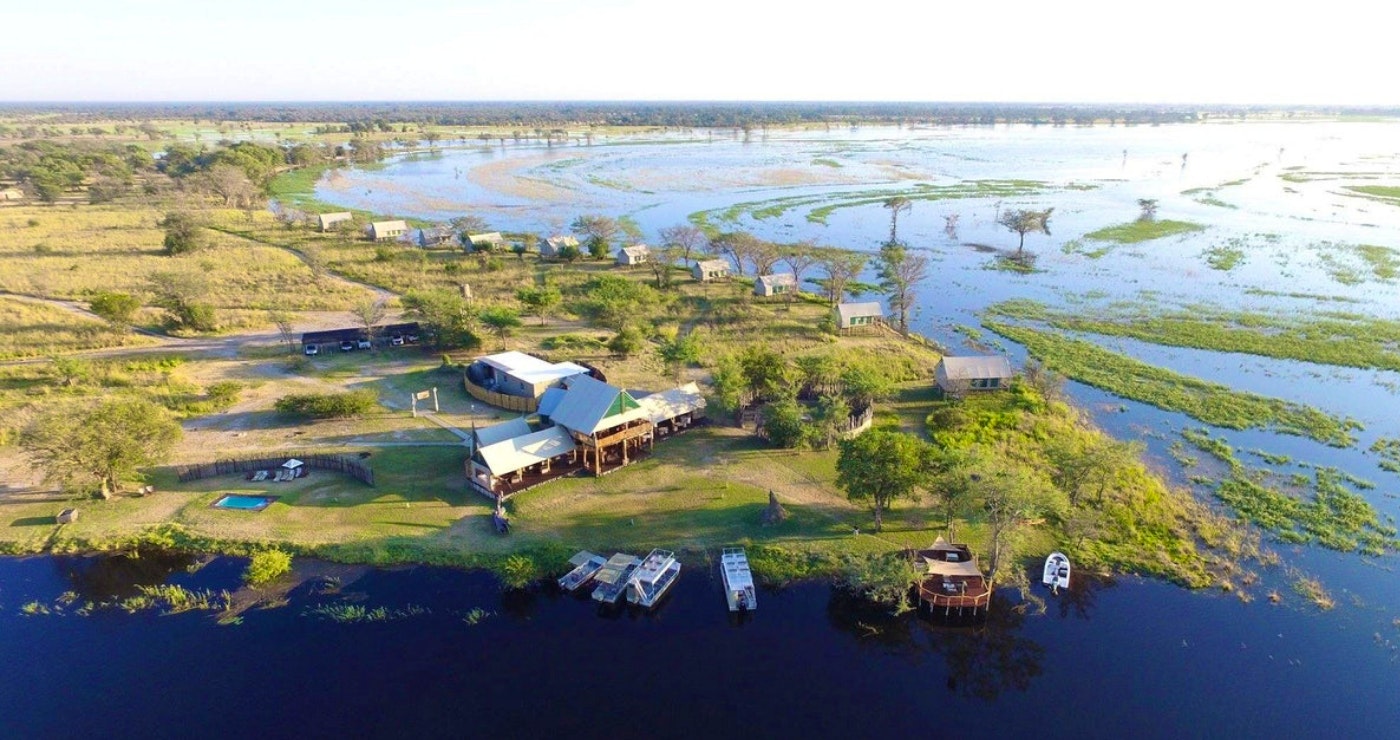



From desert to ocean, lazy days to extreme sports, camping or five-star hotels, Namibia offers a unique experience for whatever terrain you’re after.
Feature image: Unsplash

